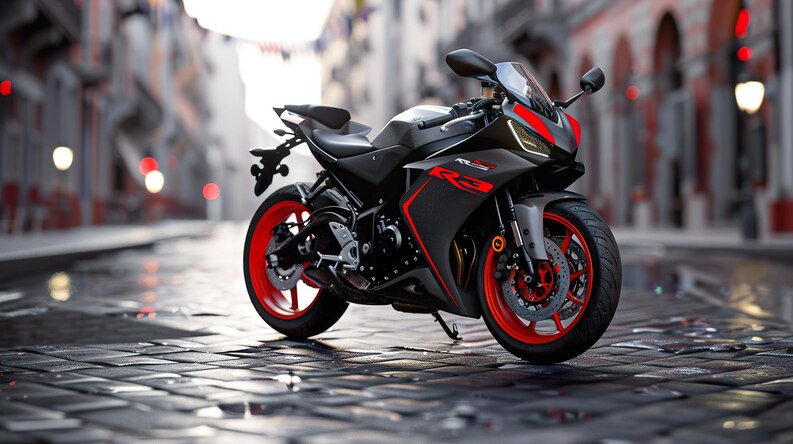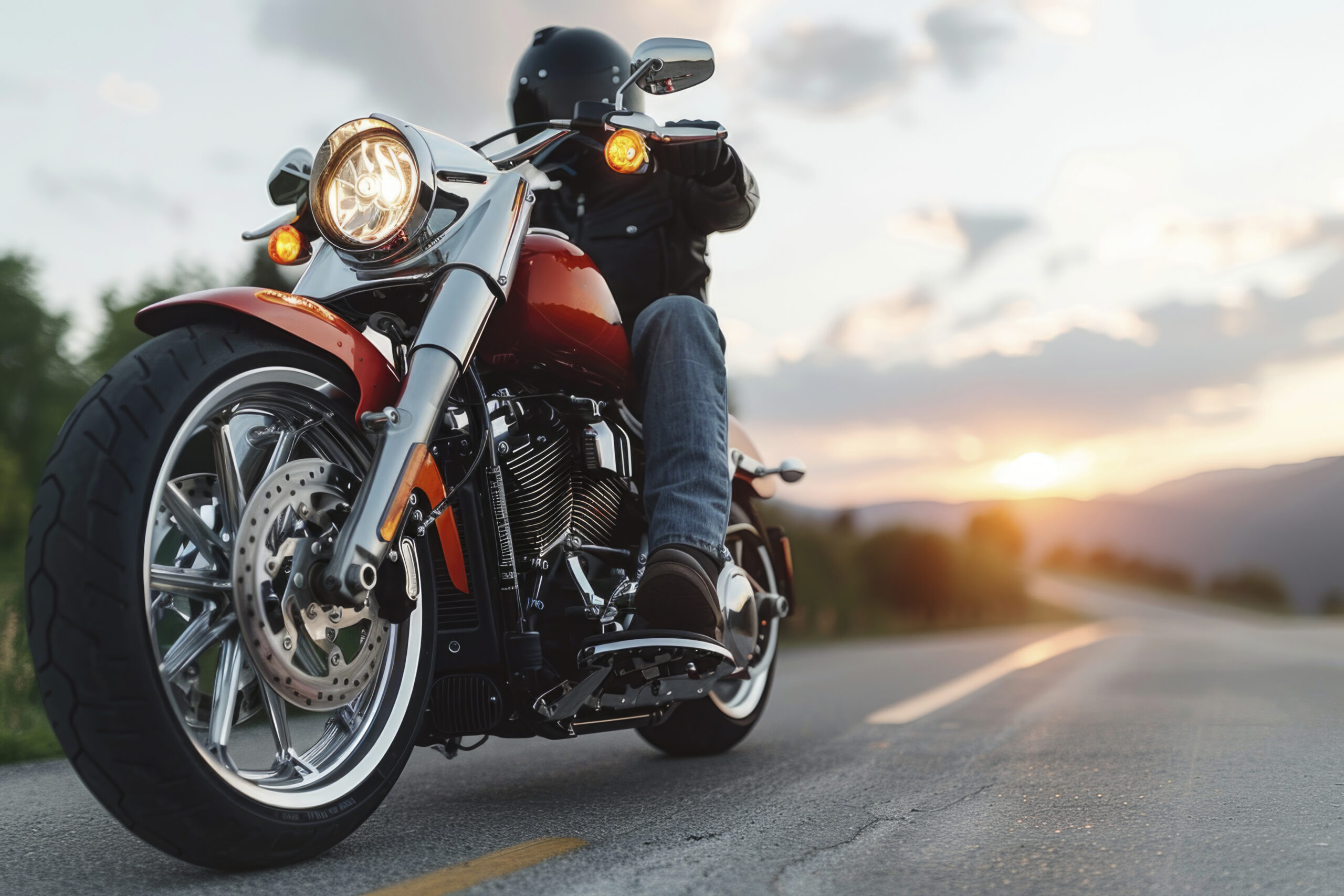Picture this: You’re standing in a bike shop, surrounded by shiny frames, colorful wheels, and a dizzying array of options. Your heart says, “Let’s ri
Picture this: You’re standing in a bike shop, surrounded by shiny frames, colorful wheels, and a dizzying array of options. Your heart says, “Let’s ride!” but your brain is whispering, “Which one is right for me?” Don’t worry, you’re not alone! Choosing a bike as a beginner can feel overwhelming, but it’s also the start of an exciting journey. Whether you’re a student zipping to class, a fitness enthusiast craving outdoor adventures, or a commuter dodging city traffic, this beginner bike guide will help you find the perfect ride. Let’s break down the process into manageable steps, sprinkle in some cycling tips, and get you rolling with confidence!

Why the Right Bike Matters
Before we dive into the nitty-gritty of bike types, let’s talk about why choosing a bike is such a big deal. A well-suited bike enhances comfort, boosts confidence, and makes every ride enjoyable—whether you’re tackling trails, cruising through town, or pedaling for fitness. According to a 2023 survey by the Bicycle Retail Association, 68% of new cyclists who chose the wrong bike stopped riding within six months due to discomfort or frustration. Ouch! The good news? With the right bike buying advice, you can avoid that fate and become one of the 32% who fall in love with cycling. Ready? Let’s explore the key factors to consider.
1. Define Your Cycling Goals: What’s Your Vibe?
The first step in choosing a bike is figuring out how you’ll use it. Are you dreaming of speeding down open roads, weaving through urban jungles, or exploring rugged trails? Your goals will steer you toward the right bike type. Here’s a quick rundown:
- Commuter Bike: Perfect for urban dwellers and students. These bikes are sturdy, practical, and often come with racks or fenders for carrying books or groceries. Example: Imagine Sarah, a college student, zipping to campus on a sleek commuter bike with a basket for her laptop.
- Road Bike: Ideal for fitness enthusiasts and recreational riders who love speed and long rides on paved roads. They’re lightweight with drop handlebars. Think of Alex, a health-focused individual, training for a charity ride on a zippy road bike.
- Mountain Bike: Built for outdoor adventurers tackling dirt trails or rocky paths. They have wide tires and suspension for grip and comfort. Picture Jamie, a nature lover, conquering a forest trail on a rugged mountain bike.
- Hybrid Bike: The Swiss Army knife of bikes, great for families, casual riders, or commuters who want versatility. They blend features of road and mountain bikes. Consider the Patel family, riding hybrid bikes on a weekend park adventure.
Ask yourself: Where will I ride most? How far? What’s my budget? These answers will narrow your options and make bike shopping less daunting.
2. Get the Right Fit: Comfort Is King
Ever tried riding a bike that’s too big or too small? It’s like wearing someone else’s shoes—awkward and painful. Bike fit is critical for beginners, affecting comfort, control, and injury prevention. A 2022 study by Cycling Weekly found that 75% of new riders experienced knee or back pain due to improper bike sizing. Let’s avoid that!
Here’s how to nail bike fit:
- Frame Size: Stand over the bike. There should be 1-2 inches of clearance between your body and the top tube (the horizontal bar). Most bike shops offer sizing charts or fittings.
- Saddle Height: When seated, your leg should be almost fully extended at the bottom of the pedal stroke with a slight bend in the knee.
- Handlebar Reach: You should reach the handlebars comfortably without straining your back or shoulders.
Pro Tip: Visit a local bike shop for a professional fitting. Many offer free or low-cost sessions for beginners. If you’re on a budget, online bike buying advice tools like Trek’s Bike Finder can estimate your size based on height and inseam.
3. Explore Bike Types: Find Your Perfect Match
Now that you know your goals and bike fit, let’s dive deeper into bike types. Each has unique features to match your riding style:
- Commuter Bikes: Designed for city life, these bikes prioritize durability and practicality. Look for models with flat handlebars, puncture-resistant tires, and mounts for accessories. Price range: ₹24,900-₹66,400. Great for budget-conscious buyers.
- Road Bikes: Sleek and speedy, these are for paved roads and long rides. Expect thin tires and lightweight frames. Price range: ₹41,500-₹124,500. Perfect for fitness-focused riders.
- Mountain Bikes: Built for off-road fun, they feature knobby tires, suspension, and sturdy frames. Price range: ₹33,200-₹166,000. Ideal for adventurers.
- Hybrid Bikes: Versatile and beginner-friendly, they handle pavement and light trails. Price range: ₹29,050-₹83,000. A top pick for families and recreational riders.
Hypothetical scenario: Meet Lisa, a 30-year-old urban dweller. She wants a bike for short commutes and weekend park rides. A hybrid bike fits her needs perfectly—affordable, comfortable, and versatile for both city streets and gravel paths.

4. Set a Budget: Affordable Bikes That Shine
Let’s talk money. Affordable bikes don’t mean low quality—there are fantastic options for every budget. Here’s a breakdown:
- Entry-Level (₹16,600-₹41,500): Basic commuter bikes or hybrid bikes for casual riders. Brands like Hero or Decathlon offer reliable models.
- Mid-Range (₹41,500-₹83,000): Quality road bikes, mountain bikes, or hybrid bikes with better components. Check out Trek or Giant.
- Premium (₹83,000+): High-end features for serious riders. Great if you’re committed to cycling for beginners long-term.
New rider tip: Don’t overspend on your first bike. Start with a solid mid-range option, then upgrade as your skills grow. Also, factor in accessories like helmets (₹2,490-₹8,300), locks (₹1,660-₹4,150), and lights (₹830-₹3,320) for safety.
5. Test Ride and Research: Trust Your Gut
You wouldn’t buy a car without a test drive, right? The same goes for bikes. Test riding helps you feel the bike’s handling, comfort, and vibe. Visit a local shop, try different bike types, and ask questions. Can’t get to a store? Online retailers like Decathlon or Flipkart offer virtual bike buying advice and return policies.
Before buying, research brands and read reviews. Websites like Bicycling Magazine or Reddit’s r/cycling have beginner-friendly guides. Search for “best bike for starters” to find curated lists. And don’t skip the warranty—reputable brands offer 1-5 years of coverage for peace of mind.
Conclusion: Start Your Cycling Adventure!
Congratulations, you’re now armed with the ultimate beginner bike guide! By defining your goals, prioritizing bike fit, exploring bike types, setting a budget, and test riding, you’re ready to find the best bike for starters. Whether it’s a commuter bike for city commutes, a road bike for fitness, a mountain bike for trails, or a hybrid bike for versatility, the right choice will spark joy and keep you pedaling for years.
So, what’s next? Hit your local bike shop, take a few test rides, and embrace the thrill of cycling for beginners. Share your journey with friends or on social media—tag it with #NewRiderVibes to inspire others! And here’s a thought to pedal away with: Every champion cyclist started as a beginner. Your adventure begins with one simple choice—your perfect bike. Happy riding!

COMMENTS